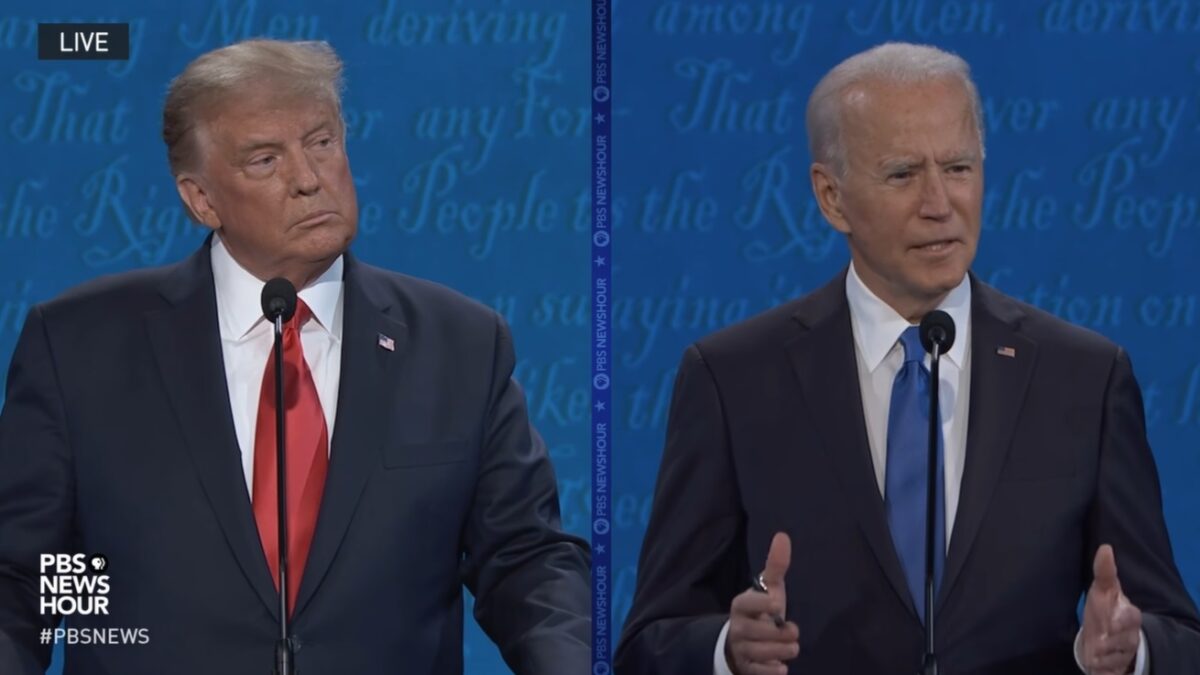Even as Democrats attempt to revive their stalled reconciliation legislation to impose prescription drug price controls, another group within the health care sector has come forward with a better solution. Their proposal, which would use competition to bring down prices, has the potential to benefit consumers — with fewer side effects than blunt government force.
A consortium of hospitals recently announced plans to build a factory that can manufacture insulin within two years. Once their plant gets up and running, the non-profit consortium said it would sell the insulin at a cost of $30 a vial — a fraction of what pharmaceutical companies currently charge.
Because it was invented a century ago, most forms of insulin aren’t subject to patent protections. In other words, anyone can produce the drug, without having to rely on proprietary trade secrets. But up until this point, the cost of manufacturing the drug — which is more complicated to make than most pill-based pharmaceuticals — had discouraged most companies from entering the market.
Biden Proposes Price Fixing
The Biden administration has its “solution” to the problem of high drug prices: Government-imposed price controls. Its proposal, incorporated as part of the $5 trillion spending spree being considered by Congress, would allow the federal government to “negotiate” (i.e., dictate) the prices of certain drugs. Companies who refuse to “negotiate” would be penalized with a 95 percent tax — a penalty so onerous that some companies could stop selling their drugs in the United States entirely.
But when governments fix prices, they do so via arbitrary benchmarks, which often distort the marketplace in harmful and cruel ways. As the mother of a daughter with a disability, I know that many European countries use the quality-adjusted life year (QALY) mechanism to place caps on what their socialized medicine systems will pay for certain drugs. By valuing an additional year of life for a “normal” person as greater than that of an individual with a disability, the QALY metric says people like my daughter have less worth to society — an awful message for a government to send.
Price controls also would create other harmful effects on innovation. The Congressional Budget Office concluded that one version of Democrats’ price control legislation would result in approximately 60 fewer drugs during the first three decades following its enactment. Other estimates have suggested as many as 100 fewer drugs within the course of the first decade alone. In either case, these price controls would mean diseases not treated, and potentially lives not saved.
Competition Is Better
The hospital consortium provides a glimpse of a better approach, one that relies on competition to bring down prices. Now that the consortium has announced its pending entrance into the marketplace, other drug companies could soon reduce their prices for insulin products. If they don’t, those manufacturers will almost certainly lose market share when the consortium starts selling their cheaper insulin products.
Just as competition has brought down the prices of goods ranging from clothes to electronics over the years, so too can competition help lower prescription drug costs for struggling families. A combination of new initiatives like the hospital consortium, and greater regulatory flexibility from the Food and Drug Administration regarding generic drug approvals, would have a powerful impact on the prices families pay every day at the pharmacy counter — without the harmful effects of the price control approach.









